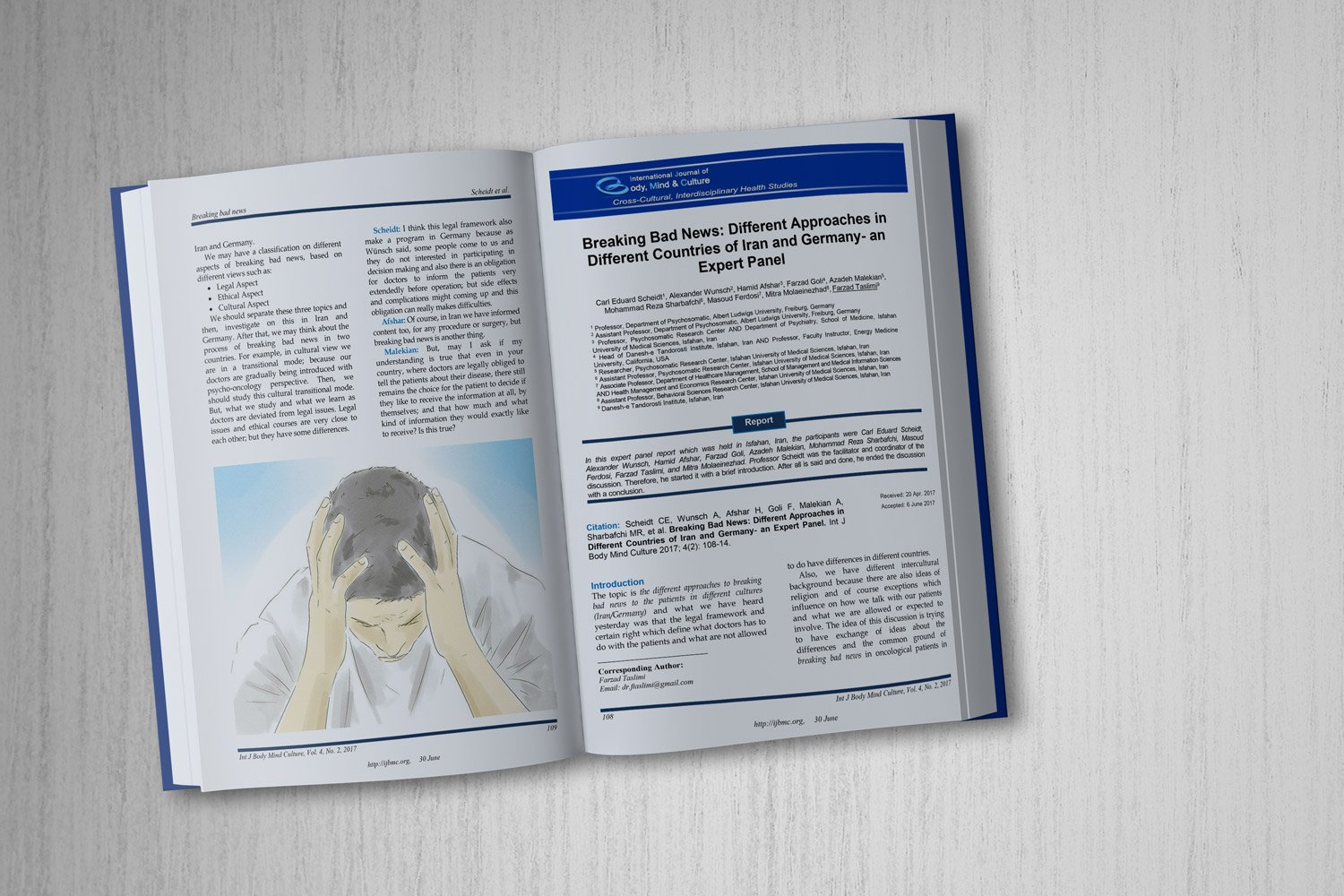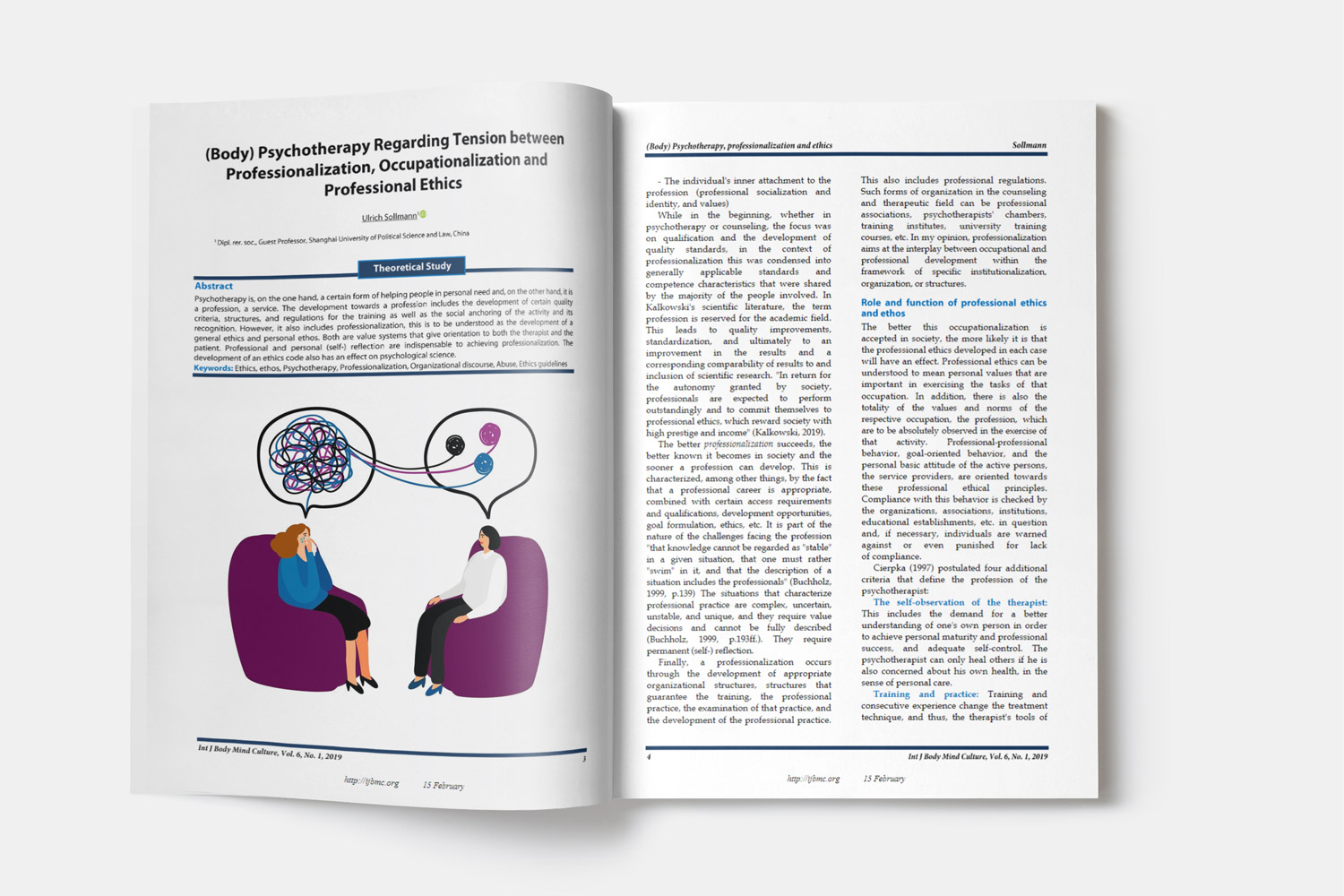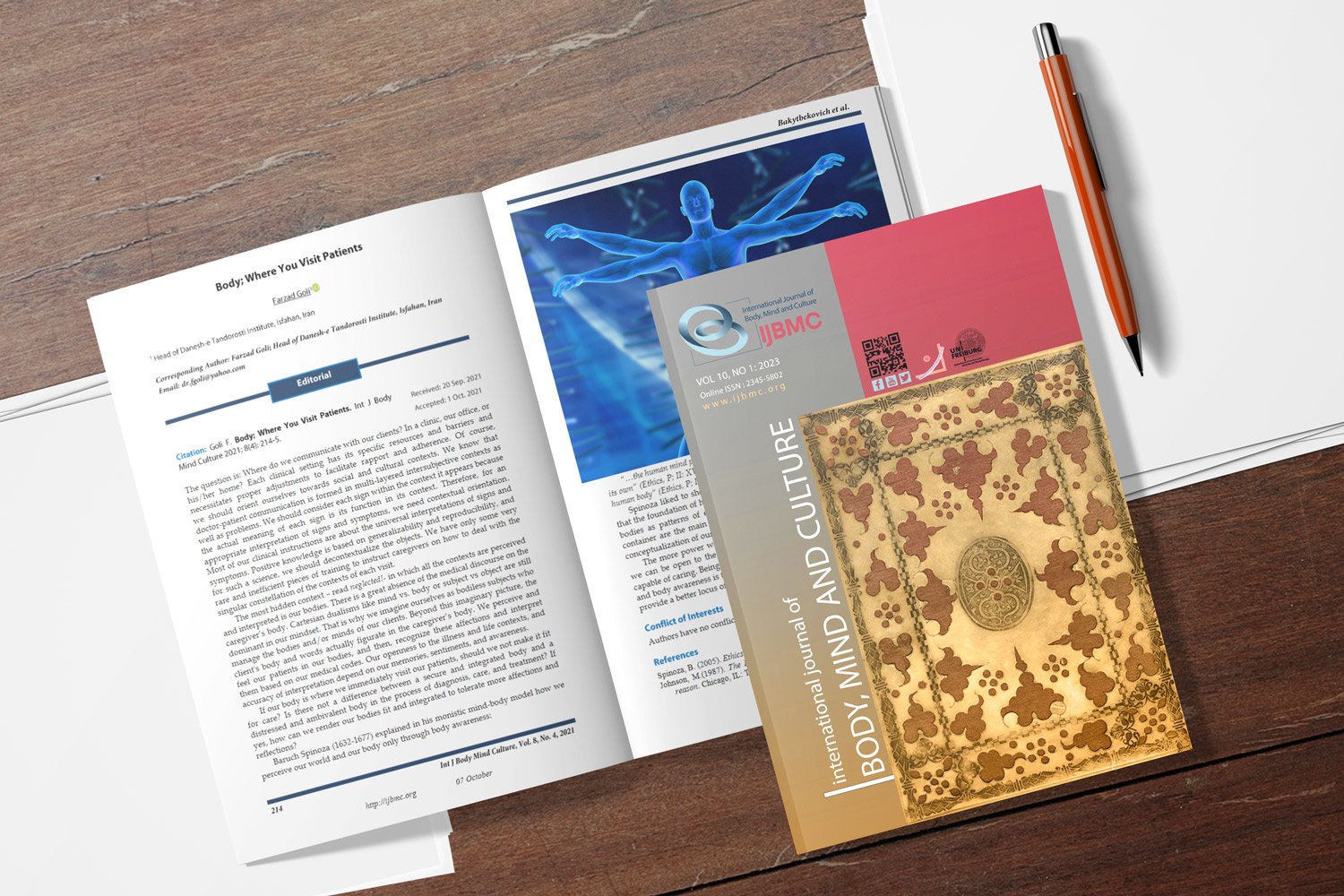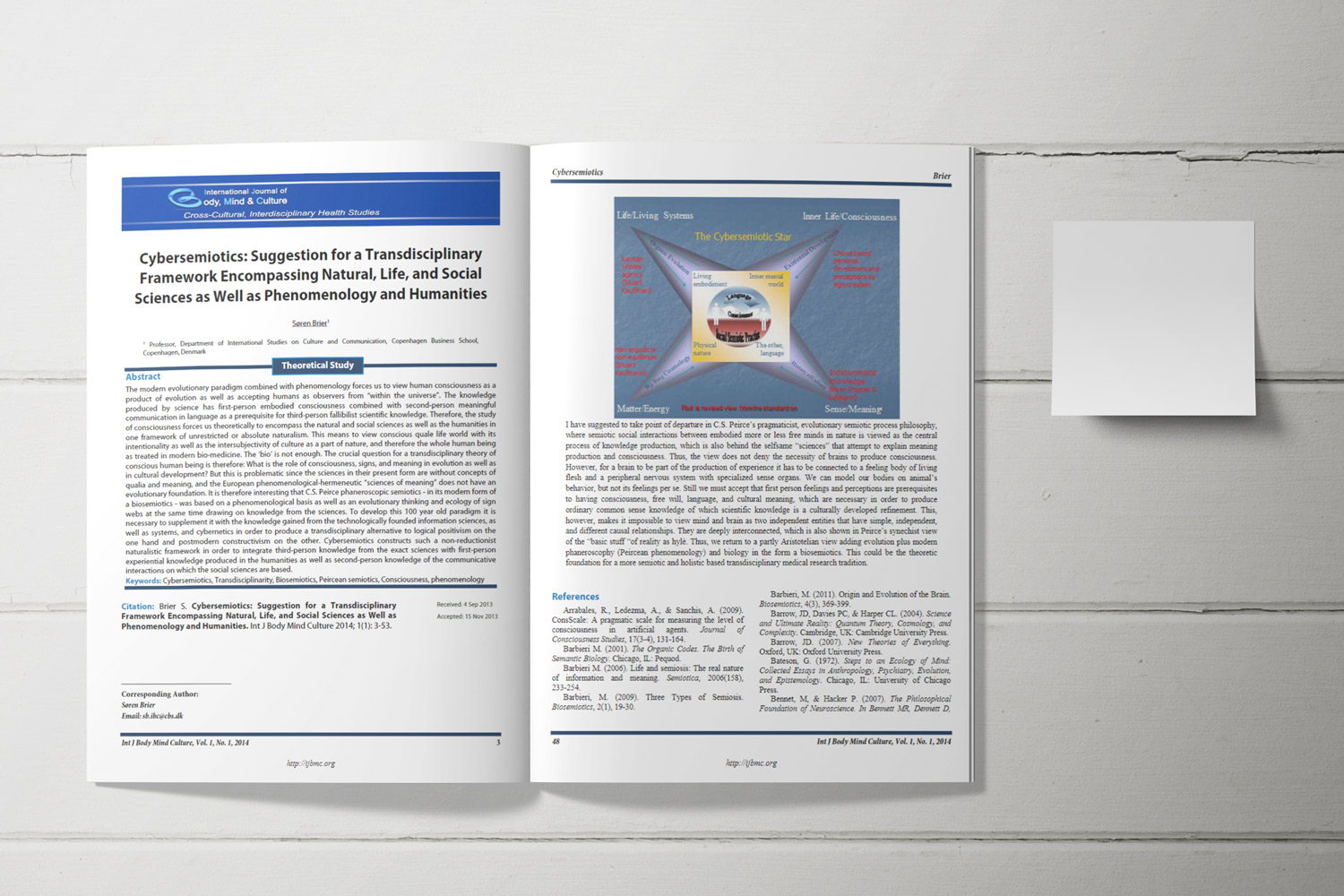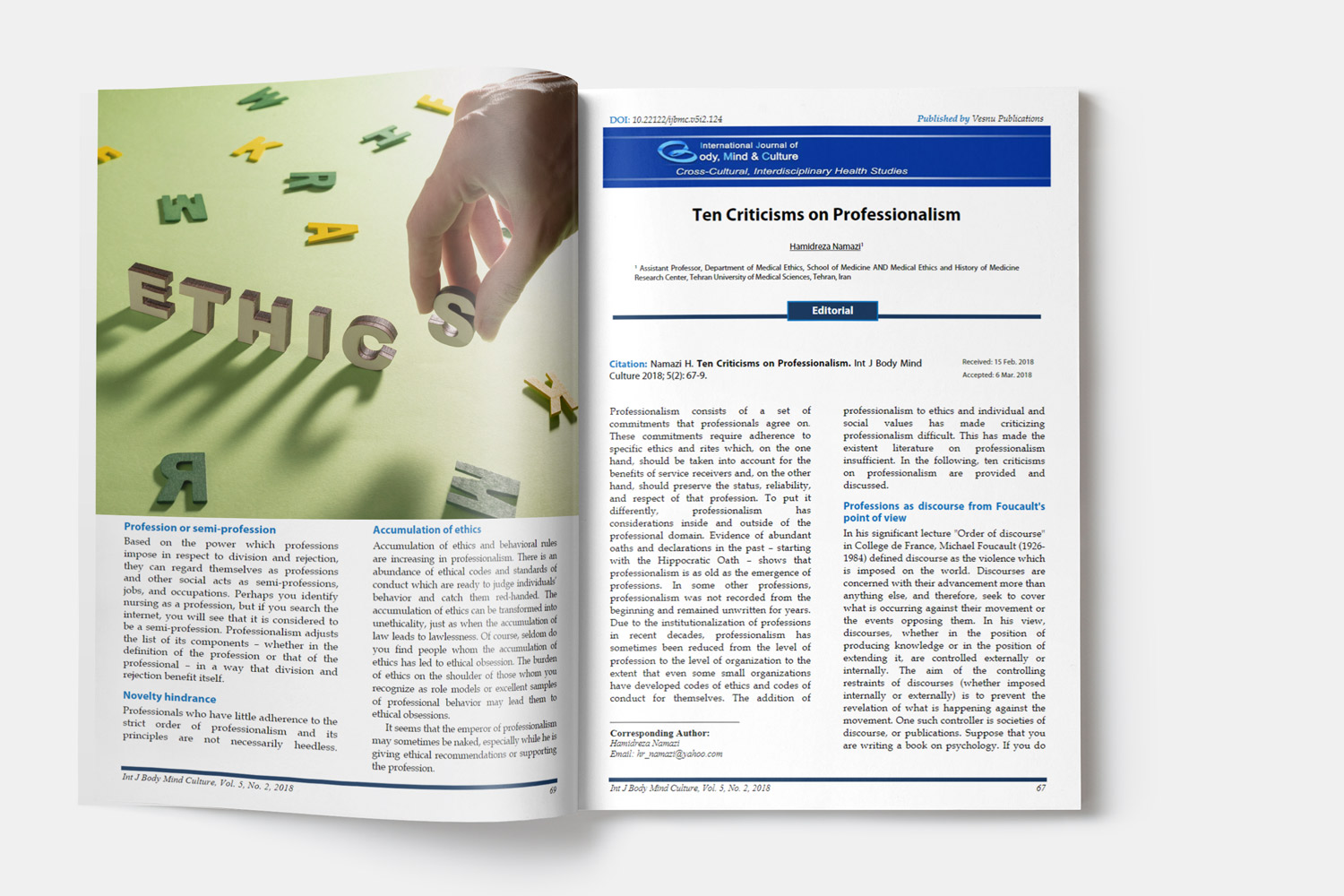Non-Pharmacological Interventions to Reduce Pain and Fear in Children Undergoing IV Cannulation: A Randomized Controlled Trial
Downloads
Objective: Distraction techniques are among the most effective nursing interventions for managing pain and fear in children undergoing IV cannulation. Techniques such as bubble blowing, cartoons, and the Buzzy device help children cope with procedural pain and anxiety better. This study aims to assess the levels of pain and fear experienced during IV cannulation in preschool-aged children and to determine the effectiveness of distraction techniques in reducing these levels.
Methods and Materials: A randomized controlled trial was conducted on 60 preschool-aged children undergoing IV cannulation at Karbala Children's Teaching Hospital. Participants were randomly assigned to three intervention groups (Buzzy device, cartoon film, and bubbles game) and a control group. Pain levels were measured using the Wong-Baker FACES Pain Rating Scale, and fear levels were assessed with the McMurtry Children's Fear Scale during and after the procedure. Data analysis was performed using SPSS.26. Descriptive statistics and ANOVA (Analysis of Variance) were employed to evaluate group differences, with a significance level set at p≤ .05.
Findings: Findings indicate that the Buzzy device was most effective in reducing pain (P<0.001). At the same time, the bubbles game proved most effective in reducing fear levels (P<0.001) following the application of the distraction techniques.
Conclusion: The study concludes that targeted distraction techniques, such as the Buzzy device and bubble blowing, can effectively manage and reduce pain and fear in children undergoing venous cannulation. These findings have practical implications for healthcare professionals, equipping them with effective strategies to improve the pediatric patient's experience during IV cannulation.
Downloads
Abd El-Gawad, S. M. E. K., & Elsayed, L. A. (2015). Effect of interactive distraction versus cutaneous stimulation for venipuncture pain relief in school-age children. Journal of Nursing Education and Practice, 5(4), 32-38. https://doi.org/10.5430/jnep.v5n4p32
Alitabar, S. H. S., & Goli, F. (2023). The Interplay of Neuroticism and Self-Efficacy in Pain Catastrophizing: A Quantitative Analysis. Journal of Personality and Psychosomatic Research (JPPR), 1(2), 19-24. https://doi.org/10.61838/kman.jppr.1.2.4
Alitabar, S. H. S., & Zadhasn, Z. (2023). Effectiveness of Mindfulness-Based Cognitive Therapy on Mental Pain, Distress Tolerance and Psychological Hardiness in Breast Cancer Patients. Health Nexus, 1(1), 56-63. https://doi.org/10.61838/hn.1.1.9
Aydin, D., Şahiner, N. C., & Çiftçi, E. K. (2016). Comparison of the effectiveness of three different methods in decreasing pain during venipuncture in children: Ball squeezing, balloon inflating, and distraction cards. Journal of Clinical Nursing, 25(15-16), 2328-2335. https://doi.org/10.1111/jocn.13321
Beecham, G. B., & Tackling, G. (2022). Peripheral line placement. StatPearls Publishing. https://www.ncbi.nlm.nih.gov/books/NBK539795/
Canbulat Sahiner, N., & Demirgoz Bal, M. (2016). The effects of three different distraction methods on pain and anxiety in children. Journal of Child Health Care, 20(3), 277-285. https://doi.org/10.1177/1367493515587062
Gerçeker, G. Ö., Bagheriyan, S., Borhani, F., Abbaszade, A., & Tehrani, H. (2019). Non-pharmacological interventions for needle-related procedural anxiety in children with thalassemia. Iranian Journal of Blood and Cancer, 5(4), 124. https://ijbc.ir/article-1-418-en.html
Hooshmandi, R., Aljaberi, M. A., Hammadi, F., & Ma, J. (2024). The Impact of Interoceptive Awareness on Pain Catastrophizing and Illness Perception. Journal of Personality and Psychosomatic Research (JPPR), 2(2), 4-10. https://doi.org/10.61838/kman.jppr.2.2.2
Inal, S., & Kelleci, M. (2012). Pain management practices for children undergoing intravenous catheter insertion. International Practice, 18, 210-219. https://doi.org/10.1111/j.1440-172X.2012.02016.x
Kaur, B., Sarin, J., & Kumar, Y. (2014). Effectiveness of cartoon distraction on pain perception and distress in children during intravenous injection. Journal of Nursing and Health Science, 3(3), 8-9. https://doi.org/10.9790/1959-03320815
Keck, J. F., Gerkensmeyer, J. E., Joyce, B. A., & Schade, J. G. (1996). Reliability and validity of the Faces and Word Descriptor scales to measure procedural pain. Journal of Pediatric Nursing, 11(6), 368-374. https://doi.org/10.1016/S0882-5963(96)80081-9
Koller, D., & Goldman, R. D. (2012). Distraction techniques for children undergoing procedures: A critical review of pediatric research. Journal of Pediatric Nursing, 27(6), 652-681. https://doi.org/10.1016/j.pedn.2011.08.001
Longobardi, C., Prino, L. E., Fabris, M. A., & Settanni, M. (2019). Soap bubbles as a distraction technique in the management of pain, anxiety, and fear in children at the pediatric emergency room: A pilot study. Child Care Health and Development, 45(2), 300-305. https://doi.org/10.1111/cch.12633
McMurtry, C. M., Noel, M., Chambers, C. T., & McGrath, P. J. (2011). Children's fear during procedural pain: Preliminary investigation of the Children's Fear Scale. Health Psychology, 30(6), 780-788. https://doi.org/10.1037/a0024817
Moadad, N., Kozman, K., Shahine, R., Ohanian, S., & Badr, L. K. (2016). Distraction using the BUZZY for children during an IV insertion. Journal of Pediatric Nursing, 31-64. https://doi.org/10.1016/j.pedn.2015.11.002
Rostami, M., Bulut, S., Coelho, O., & Riyono, B. (2024). Living with Fibromyalgia: A Phenomenological Study of Pain, Fatigue, and Coping. Journal of Personality and Psychosomatic Research (JPPR), 2(1), 16-23. https://doi.org/10.61838/kman.jppr.2.1.4
Sadeghi, T., Mohammadi, N., Shamshiri, M., Bagherzadeh, R., & Hossinkhani, N. (2013). Effect of distraction on children's pain during intravenous catheter insertion. Journal for Specialists in Pediatric Nursing, 18(2), 109-110. https://doi.org/10.1111/jspn.12018
Srivastava, V. K., Das, P. K., Gautam, S. K., Jaisawal, P., Kadiyala, V. N., & Rambhad, S. (2016). Comparative evaluation of volatile anesthetic agents for attenuation of venous cannulation pain: A prospective, randomized controlled study. Journal of Clinical Diagnostic Research, 10(9), UC01-UC04. https://doi.org/10.7860/JCDR/2016/19970.8412
Suleman, S. K., Atrushi, A., & Enskär, K. (2022). Effectiveness of art-based distraction in reducing pain and anxiety of hospitalized children during cannulation procedure: A randomized controlled trial. British Journal of Nursing, 31(5), 2054. https://doi.org/10.33546/bnj.2054
Trottier, E. D., Doré-Bergeron, M. J., Chauvin-Kimoff, L., Baerg, K., & Ali, S. (2019). Managing pain and distress in children undergoing brief diagnostic and therapeutic procedures. Paediatrics & Child Health, 24(8), 509-535. https://doi.org/10.1093/pch/pxz026
Wong, C. L., Lui, M. M. W., & Choi, K. C. (2019). Effects of immersive virtual reality intervention on pain and anxiety among pediatric patients undergoing venipuncture: A study protocol for a randomized controlled trial. Trials, 20, 369. https://doi.org/10.1186/s13063-019-3443-z
Yoo, H., Kim, S., Hur, H. K., & Kim, H. S. (2011). The effects of an animation distraction intervention on pain response of preschool children during venipuncture. Applied Nursing Research, 24(2), 94-100. https://doi.org/10.1016/j.apnr.2009.03.005
Copyright (c) 2024 International Journal of Body, Mind and Culture

This work is licensed under a Creative Commons Attribution-NonCommercial 4.0 International License.










